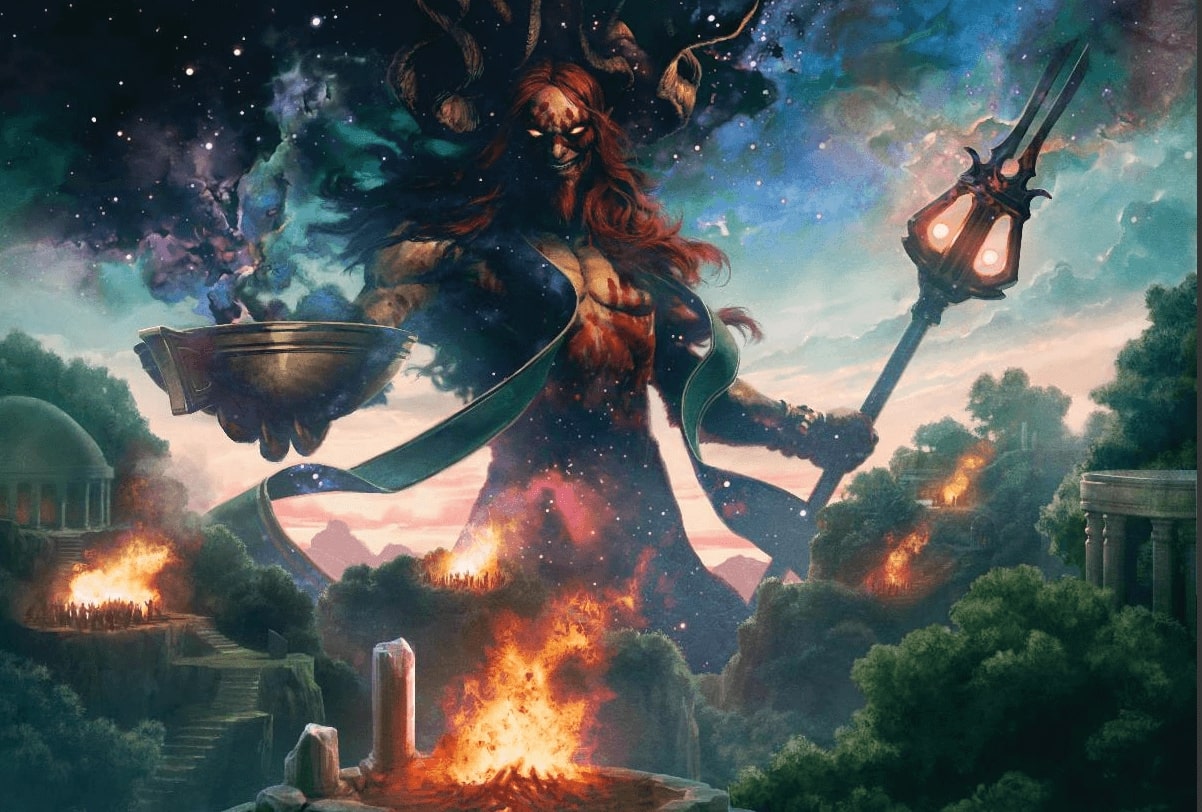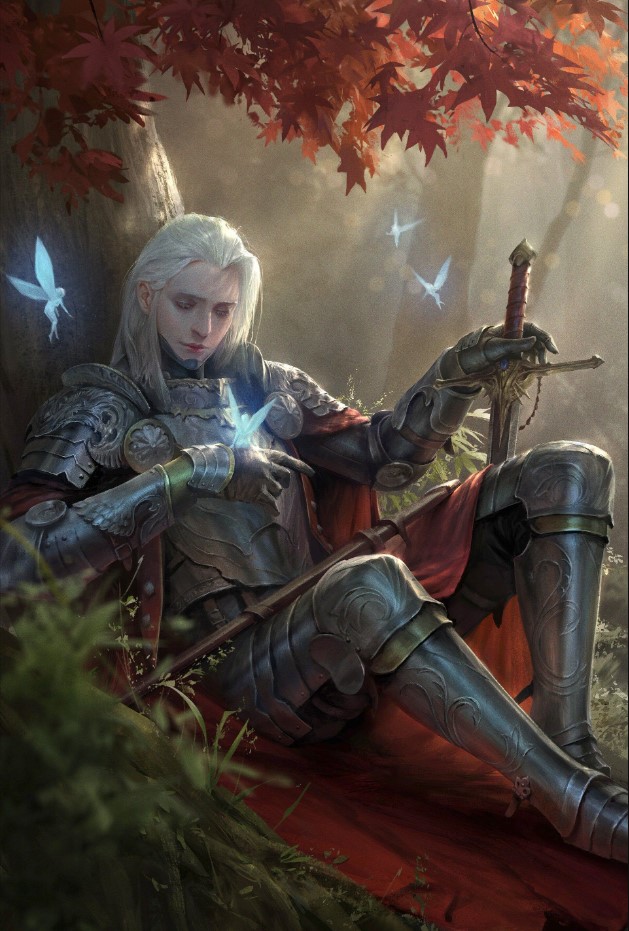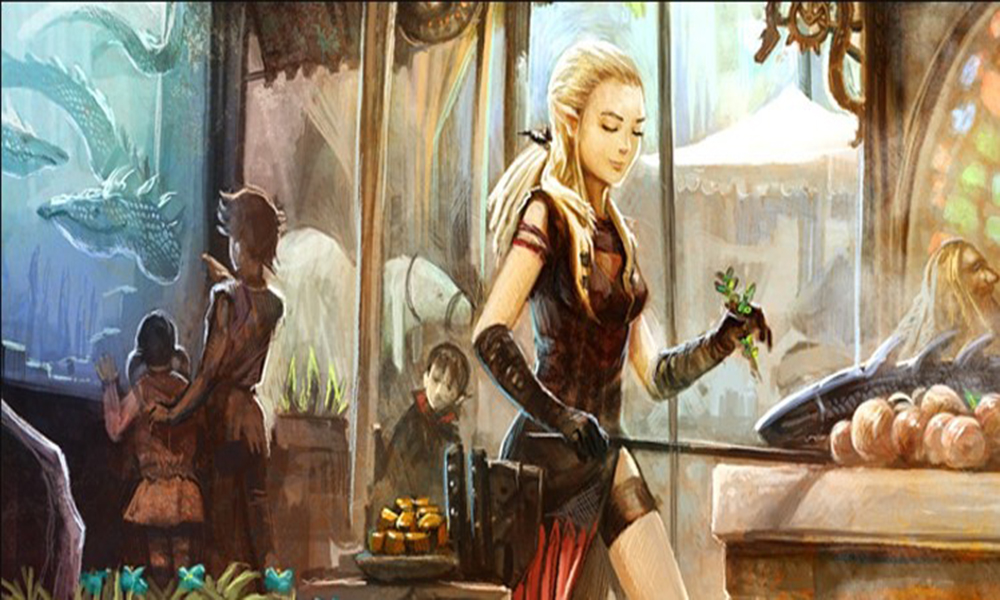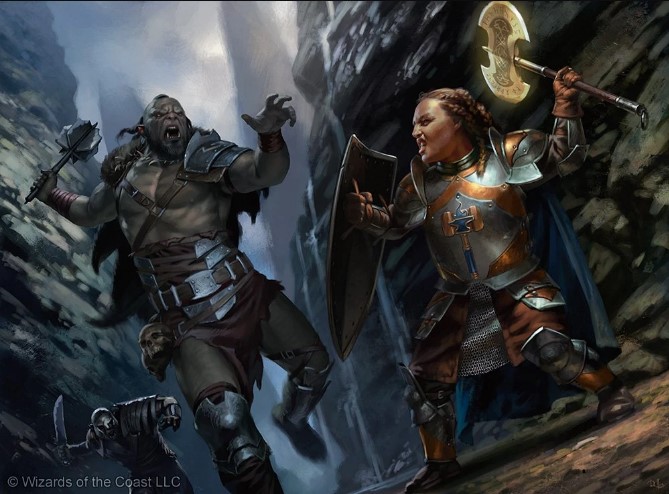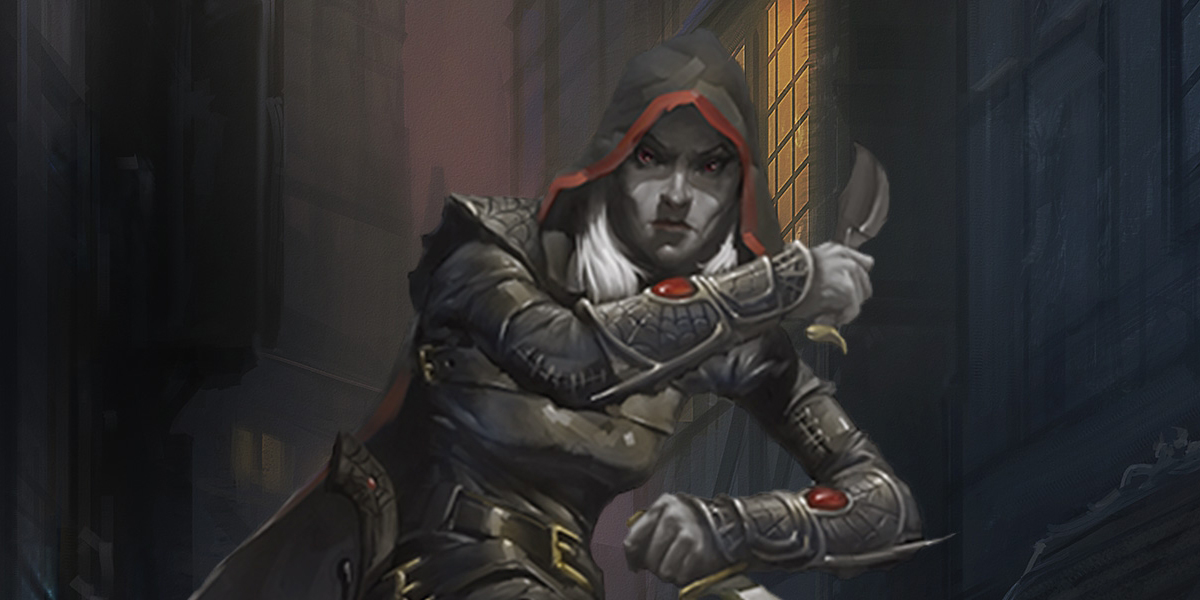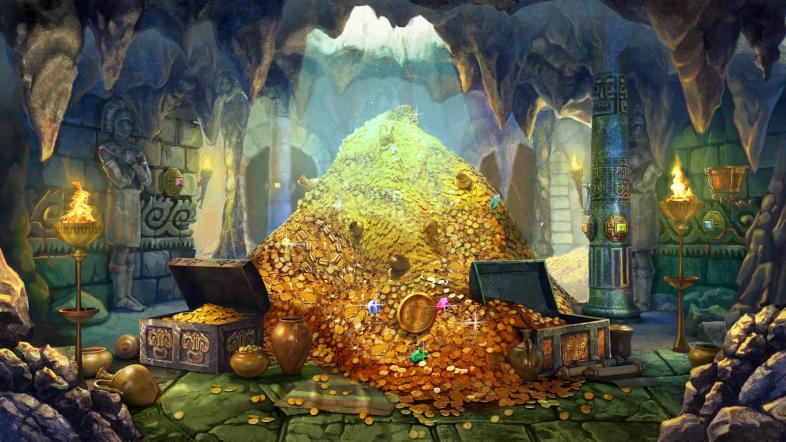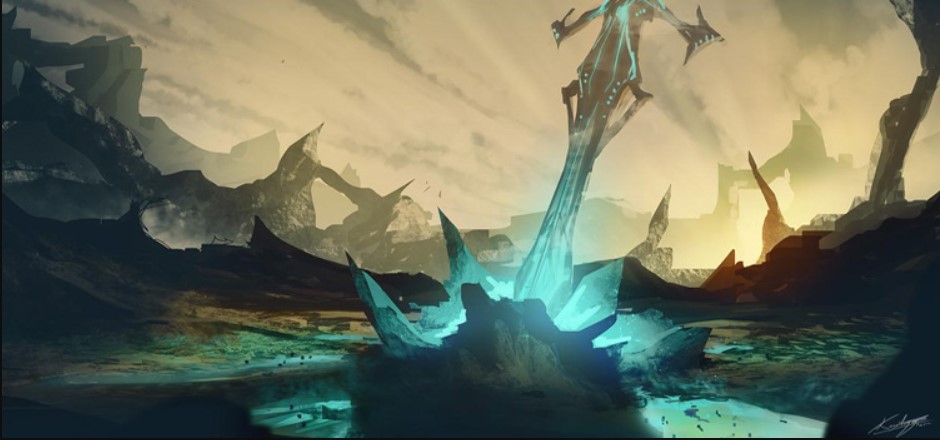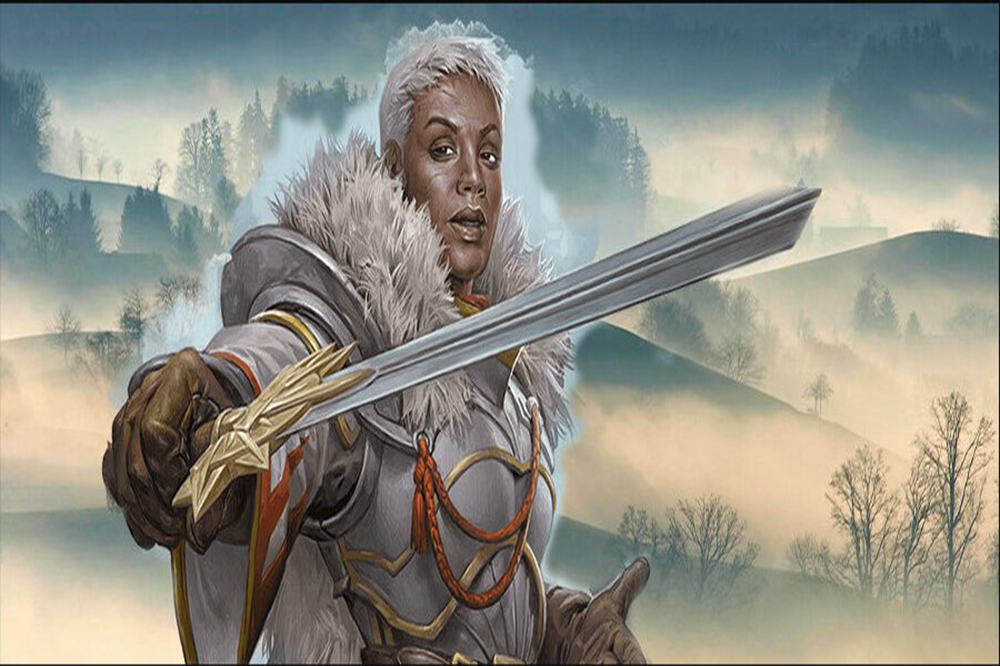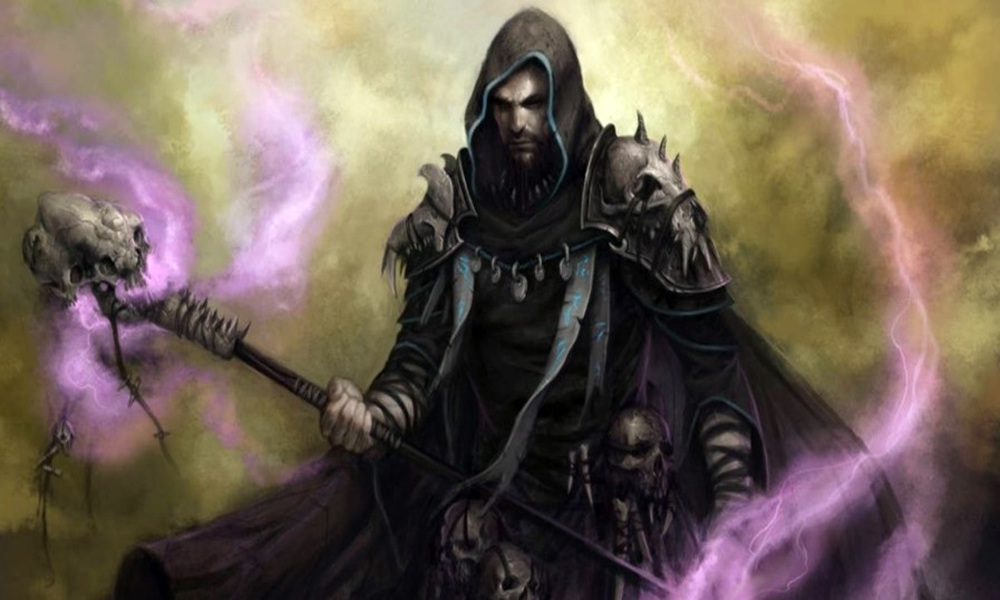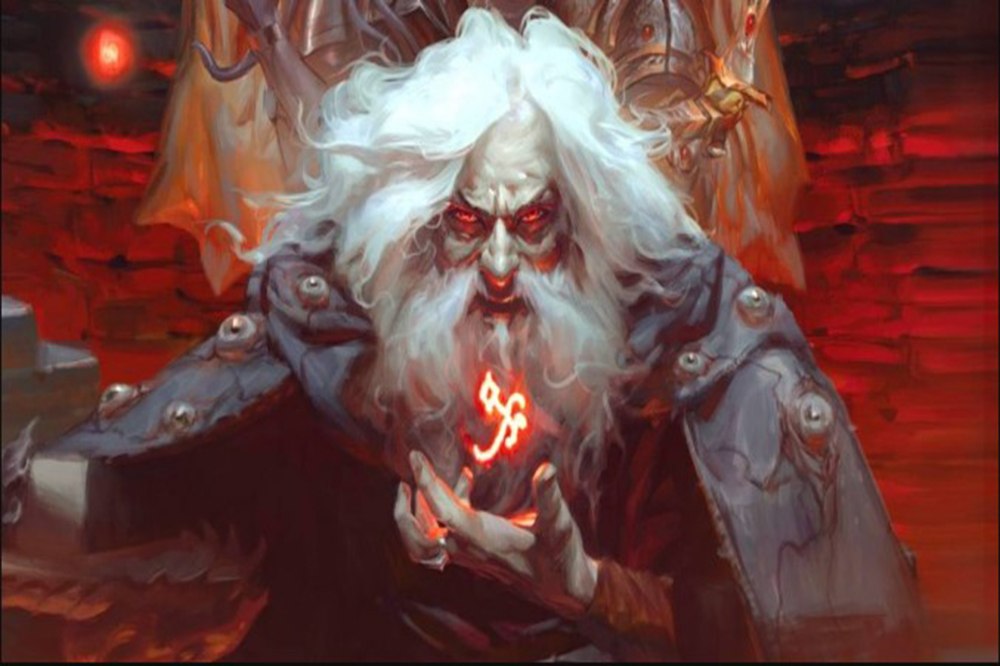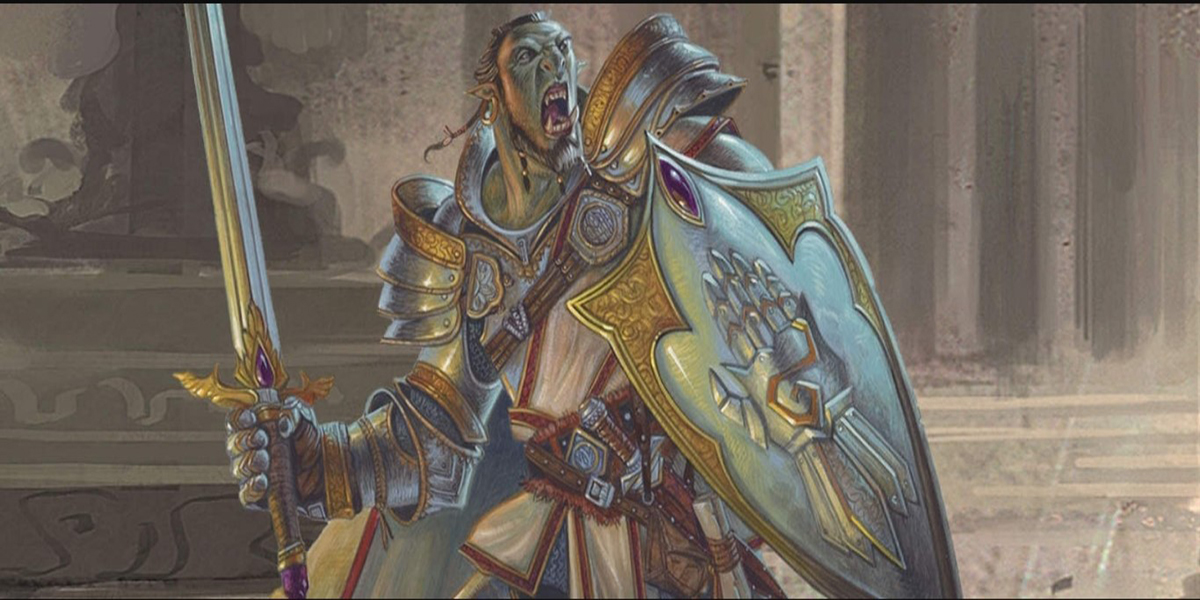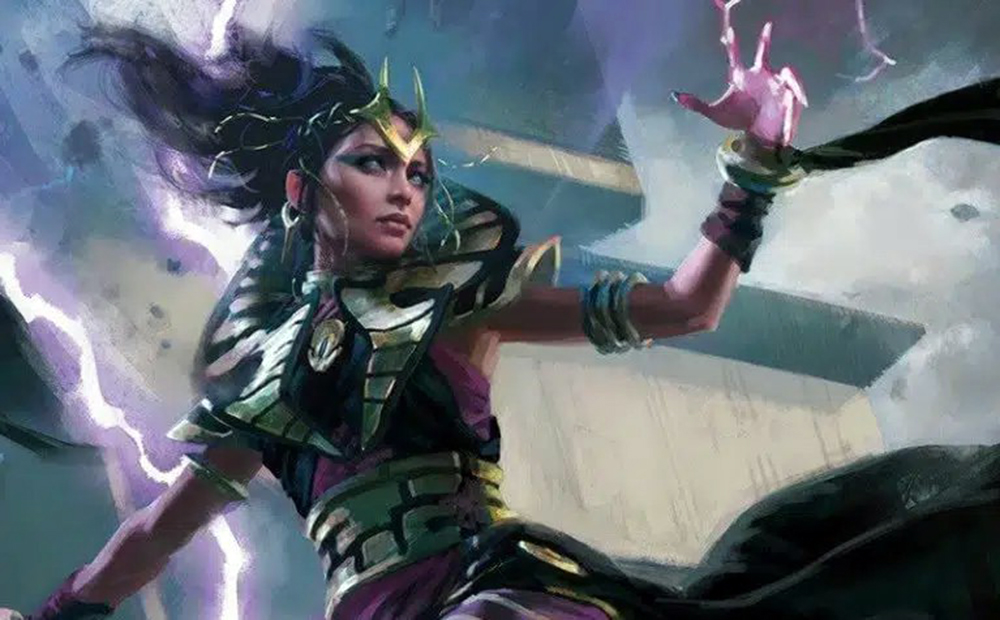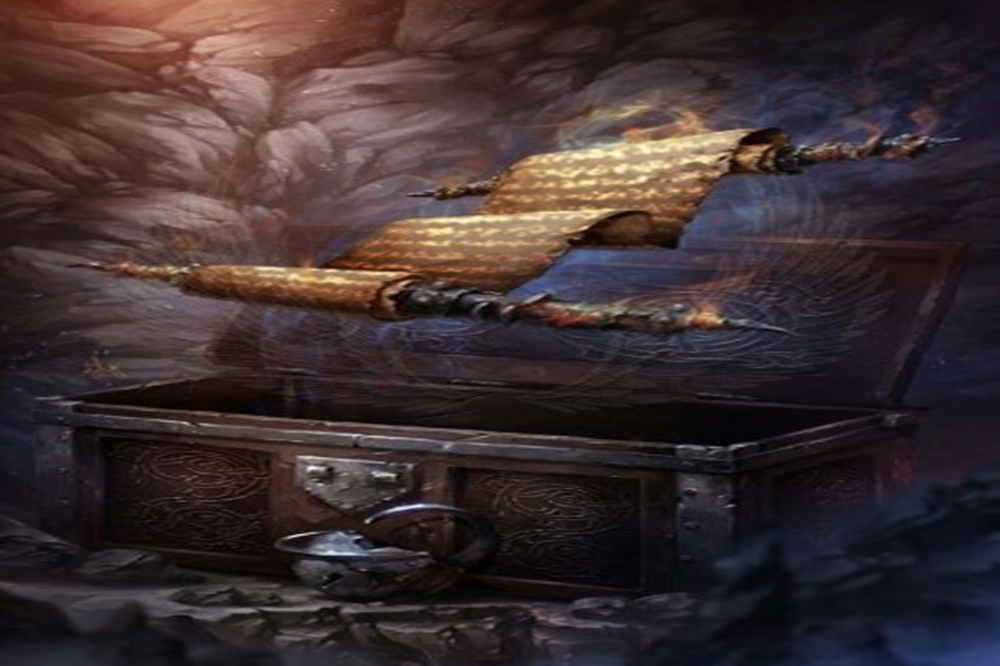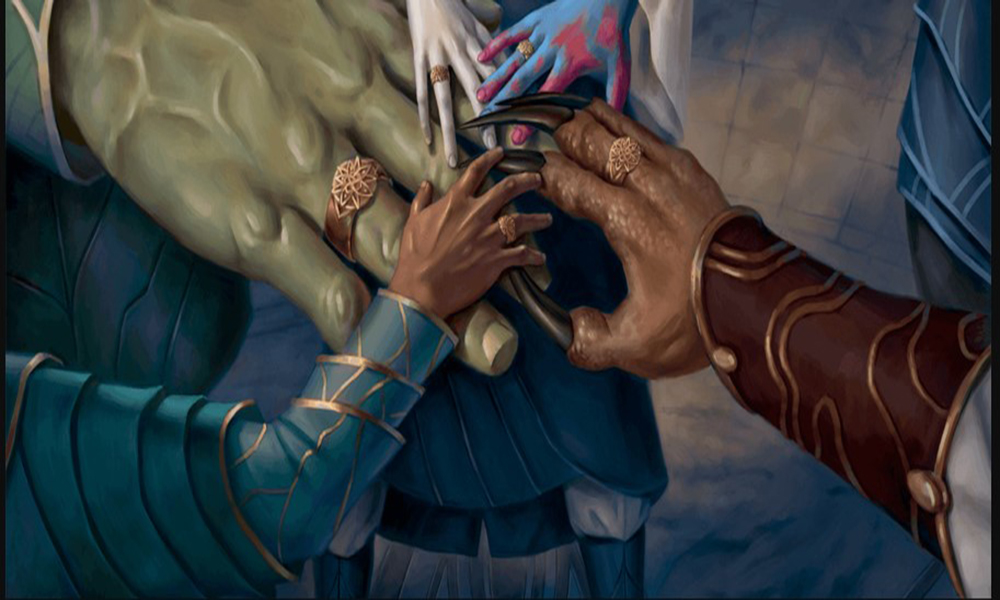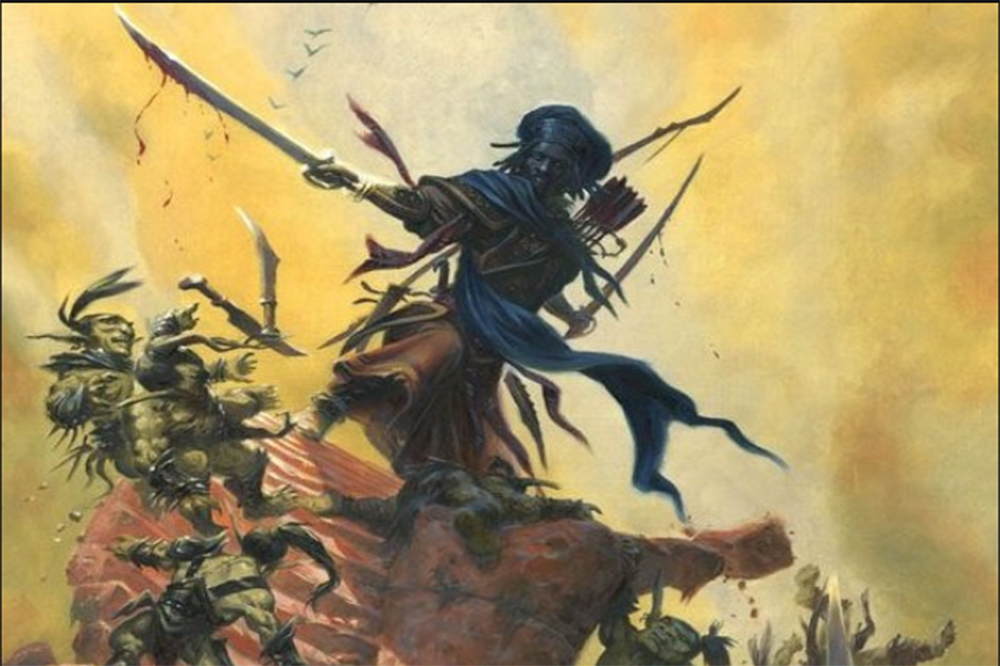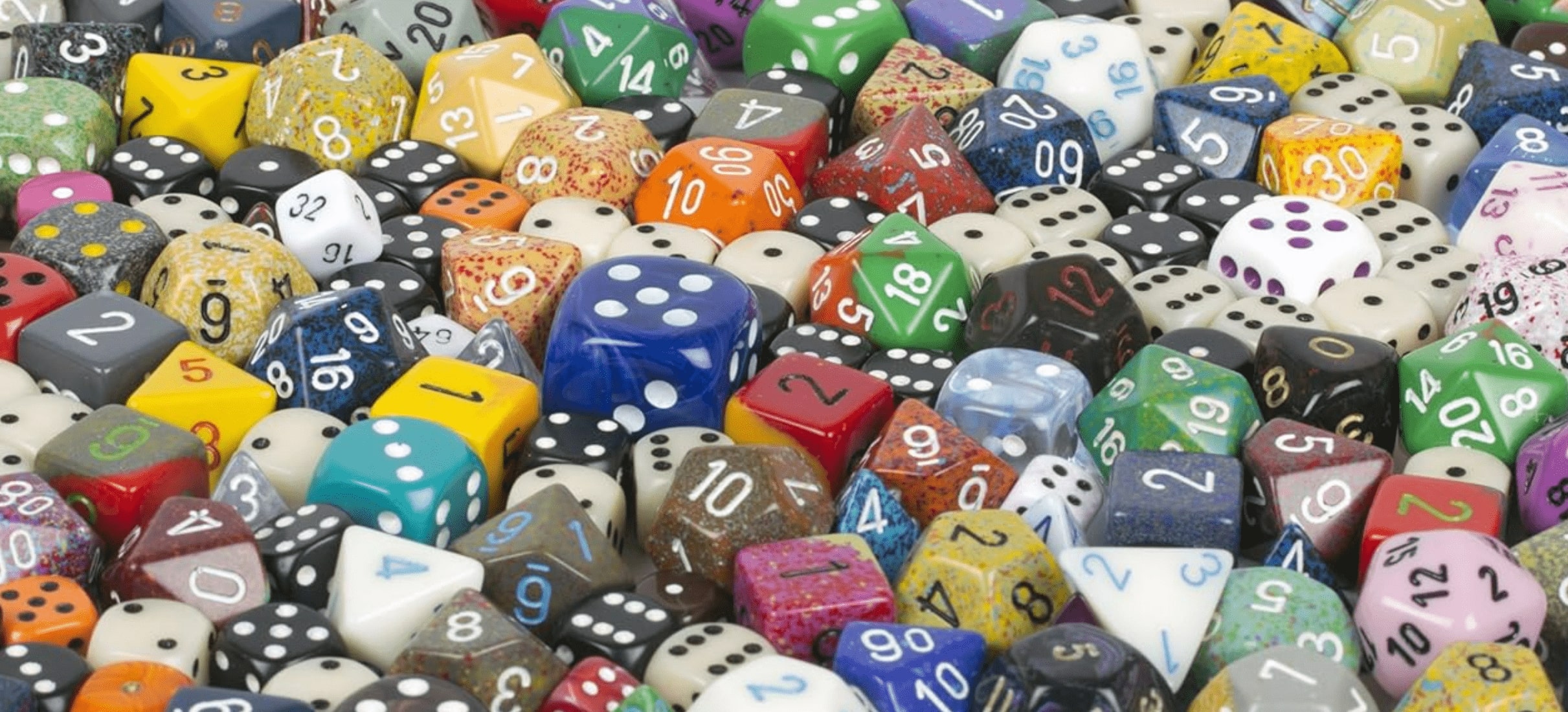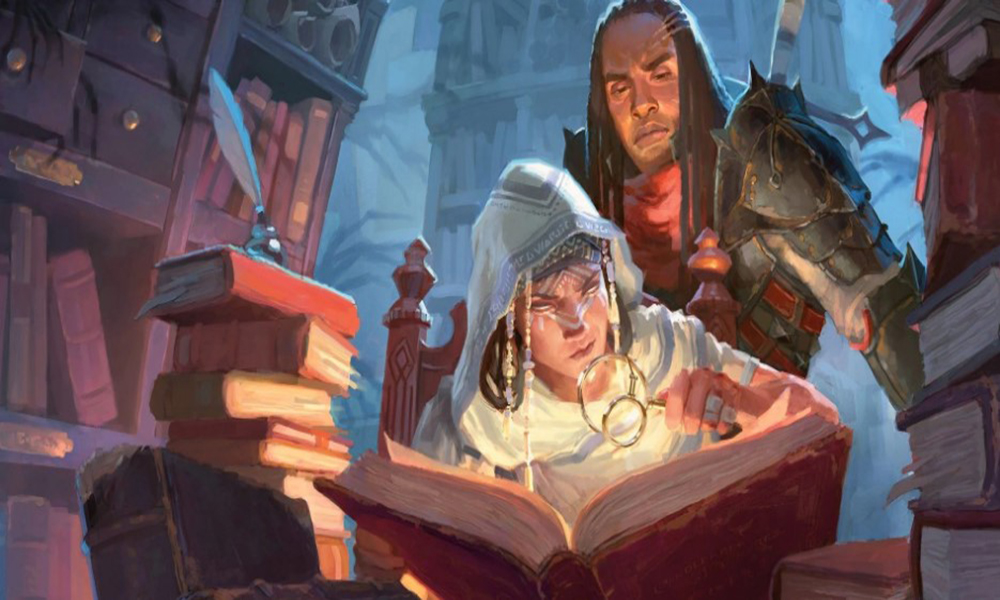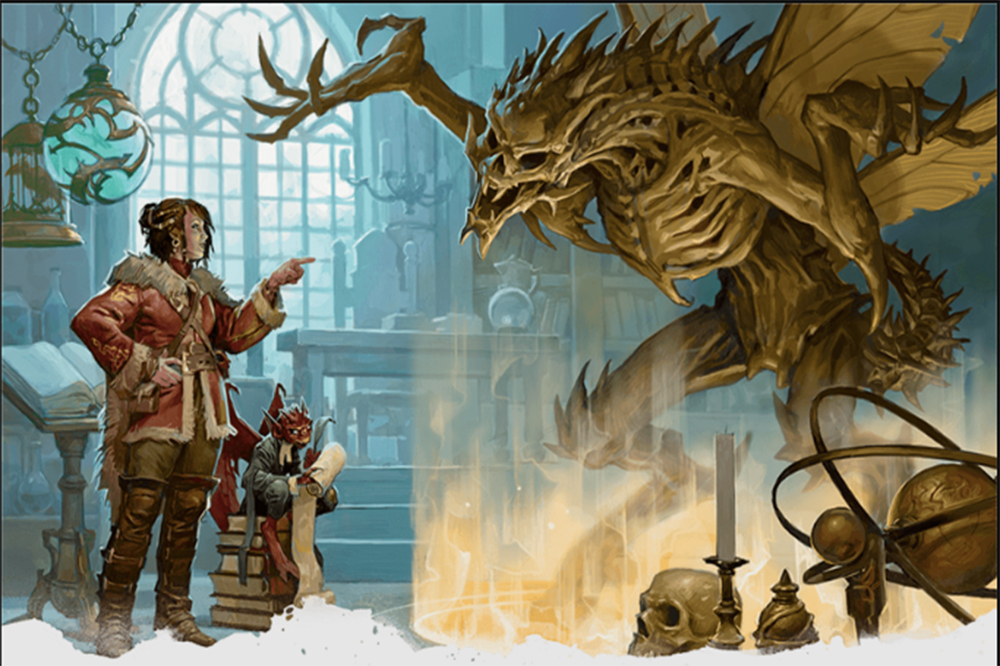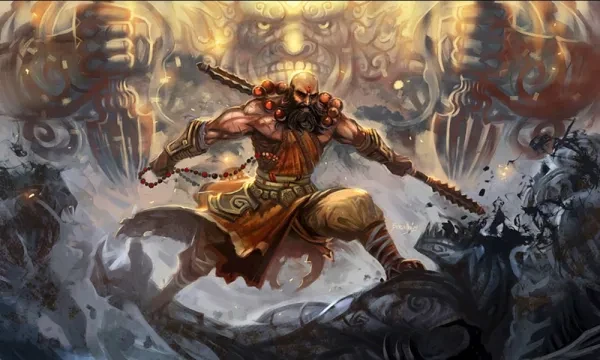
Monks are exceptional in overcoming even the most difficult obstacles, striking when it's least anticipated, and exploiting enemy weaknesses. Monks are quick on their feet and proficient in combat, allowing them to move about any battlefield with ease and support teammates where they are most needed.
All monks possess a magical power to control the energy that flows through them. This energy permeates everything a monk does, whether it is channeled as an impressive demonstration of combat prowess or a more subtly focused focus on defensive abilities and speed.
In the 5th edition of Dungeons & Dragons, monks have ten official subclasses, known as monastic traditions, that players can choose from when leveling.
Between settling for a name, picking your race, and every other minor detail, it can be daunting to settle for a single subclass, worry not, we have made a list to help you choose, ranking them in overall power.
Keep in mind that every table is different, some campaigns might allow certain characters to shine more than others.
10. Sun soul

Monks of the Way of the Sun Soul learn to convert their life energy into searing bolts of light. They claim that meditation has the power to release the enduring light that each living thing's soul sheds.
The Sun Soul Monk aims to close the gap between a melee Monk's capabilities and ranged capabilities.
Even though the majority of the features don't cost Ki to activate, their damage is still terrible, so you'll often find yourself using up your Ki pool too quickly and having to punch objects or use Radiant Sun Bolt to attack them instead.
Way of the Four Elements accomplishes the same goal more effectively and allows you to choose from a variety of spells. If you need a ranged attack option, you might use Magic Initiate to pick up a ranged cantrip.
Why the Sun Soul monk is ok:
- Most of its features are poorly executed.
- Radiant bolt is barely any better than using darts or taking Dedicated Weapon for a longbow.
Sun soul details: http://dnd5e.wikidot.com/monk:sun-soul
9. Way of the four elements
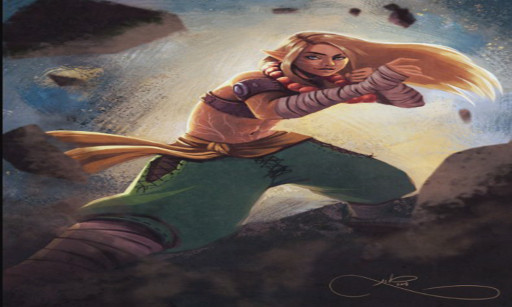
These monks adhere to a monastic tradition that teaches them how to control nature. When concentrating on their ki, they can join the forces of creation and manipulate the four elements as an extension of their body.
Some practitioners of this style focus on just one element, while others strive to master all.
There are several alternatives and a high degree of customizability, but there are also many pitfalls and drawbacks to this.
Way of the Four Elements seeks to address all of the obstacles that monks face, including their issues with flight, crowds, and foes that are impervious to weapon damage.
These abilities consume Ki quickly, competing with core monk options like Flurry of Blows and Stunning Fist, and frequently cause you to run out of Ki very quickly until you learn to weigh the costs and benefits of casting a spell rather than simply punching things, which negates much of the customizability aspect.
Why way of the four elements is ok:
- Your main features aren’t always good and they compete with other core abilities.
- While you get more options, they are seldom better than just punching something.
- The spells available to them aren’t great.
Way of the four elements details: http://dnd5e.wikidot.com/monk:four-elements
8. Kensei
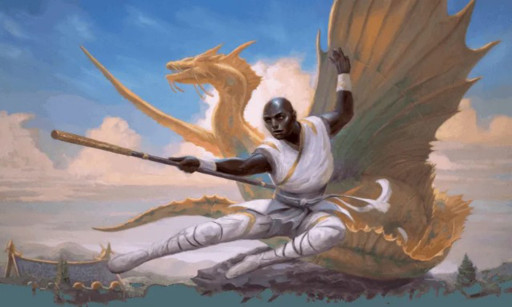
The Way of Kensei monks learn their swords through intense training to the point where they resemble an extension of the body. The tradition, initially based on the skill of sword combat, has grown to incorporate a variety of other weapons.
A kensei views a weapon similar to how an artist or calligrapher views a pen or brush.
They see every weapon as a means of expressing the grace and dexterity of martial arts. The fact that such mastery transforms a kensei into an invincible fighter is merely a byproduct of extreme devotion, practice, and study.
The major draw of the Kensei is that it opens up some martial options to the Monk.
While that provides a slight damage increase and access to reach with whips, the Kensei's standout feature is nullified by the phrasing of Agile Parry—possibly unintentionally.
To take advantage of Agile Parry's AC bonus, a wise Kensei will often forego one weapon strike.
Accordingly, levels 6 through 10 are when your weapon will be most useful, although even then, it will only add an average of one damage per round more than a spear would. Even worse, every monk can employ martial weapons successfully because of the Dedicated Weapon Optional Class Feature, which appropriates the Kensei's distinctive gimmick.
Why the Kensei is ok:
- As you gain more levels your weapon damage is outmatched by your unarmed strike, beating the point of the subclass.
- With the dedicated Weapon optional feature, every monk can use a martial weapon.
Kensei details: http://dnd5e.wikidot.com/monk:kensei
7. Way of the Astral Self
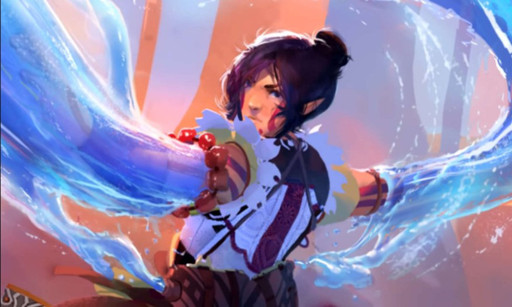
A monk who practices the Way of the Astral Self thinks their physical body is a dream.
Their astral self, or true form, is represented by their ki, in their eyes.
This form can be a force for order or chaos; some monks teach students how to use their might to defend the defenseless, while others teach aspirants how to manifest their true selves in service to the powerful.
Leaning more heavily on the Wisdom ability score, these monks have a 10-minute buff that lets them project a martial ghost.
A Jojo reference, a stand accurately captures the idea that the visual representation of the effect is a ghostly image of your monk's ki, and that this ghost's primary duty is to punch. The official title for this effect is "astral self," but that doesn't fully do it justice. So, punch the ghost.
Why Way of the Astral self is Good:
- You are the least attribute-dependent kind of monk, becoming capable of relying solely on Wisdom.
- It’s simple yet useful, solving many common problems like difficult-to-reach enemies.
Astral self details: http://dnd5e.wikidot.com/monk:astral-self
6. Open Hand
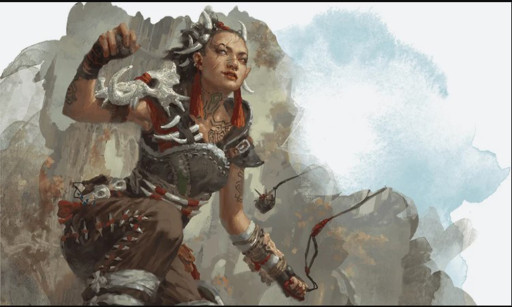
The Monk's "generic" choice. They are the best fighters in martial arts, whether using weapons or not and are monks of the Way of the Open Hand.
They pick up tactics for pushing and tripping their adversaries, learn how to use ki to repair physical wounds, and master advanced meditation techniques for self-defense.
These are all well-rounded alternatives provided by Open Hand hthat elp to maximize the value of the Monk's fundamental skills.
Why the way of the open hand is Good:
- This subclass greatly improves the benefits of being a monk.
- You get more out of your flurry of blows, a cornerstone feature.
Open Hand: http://dnd5e.wikidot.com/monk:open-hand
5. Ascendant Dragon
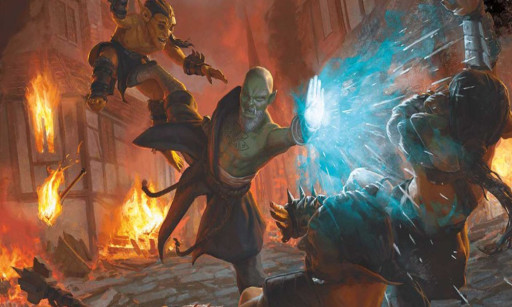
The core idea behind this tradition is that a monk can better understand the universe and its magic by imitating dragons.
Monks who practice this tradition can enhance their combat ability, support their comrades, and even fly through the air on draconic wings by transforming their spirit to resonate with draconic force.
Why Ascendant Dragon is Good:
- It’s excellent when dealing with multiple foes at a time.
- You get access to some social abilities.
- You can bypass damage resistances before getting your ki-empowered strikes.
Ascendant Dragon details: http://dnd5e.wikidot.com/monk:ascendant-dragon
4. Way of Shadow
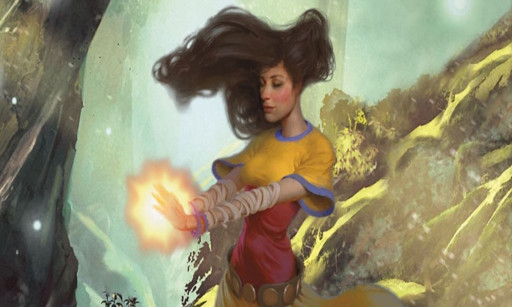
The Way of Shadow monks adheres to a tradition that prizes cunning and stealth.
These monks, who work as spies and killers, are akin to real-world ninjas, while others operate more like thieves, providing services to aristocrats, wealthy businesspeople, and anyone else willing to pay a charge.
The near-magical skills provided by the Way of Shadow enable the monk to perform actions that are far more stunning than simply hitting things quickly.
While the flavor is great and some of the mechanics are thrilling and showy, the Monk lacks built-in abilities to take advantage of surprise and stealth, so you could frequently feel like a Rogue would be coming from the shadows to inflict a huge amount of Sneak Attack damage to an opponent.
Why the Way of Shadow is Good:
- It’s exciting and ki efficient.
- You can broaden the skill kit of a monk with subterfuge.
- When mixed with the Blindfighting style or Devil’s Sight, it can lead to insane combos.
Way of Shadow details: http://dnd5e.wikidot.com/monk:shadow
3. Drunken Master
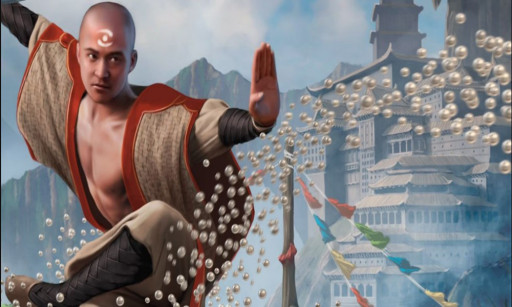
Students of The Way of the Drunken Master learn to move in the jerky, erratic manner of a drunk.
To show what appears to be an inept warrior who is difficult to engage, a drunken master sways and wobbles on unsteady feet. The master's chaotic stumbles are a meticulously choreographed dance of approaches, attacks, and retreats.
This subclass is quite fascinating. It encourages you to concentrate on the monk's function as a striker by focusing on hit-and-run strategies that keep the monk alive and out of direct assault range.
Why Drunken Master is Good:
- It helps you stay alive longer by focusing on mobility.
- It nicely complements and strengthens, the monk's core kit.
Drunken Master details: http://dnd5e.wikidot.com/monk:drunken-master
2. Long Death
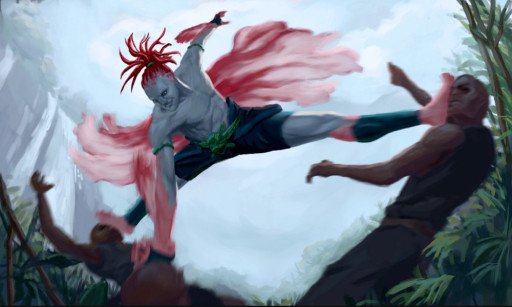
The concept and mechanics of death are deeply important to monks of the Way of the Long Death.
To catch, record, and comprehend the moments of a creature's demise, they capture organisms and set up intricate studies. They then apply this insight to shape their comprehension of martial arts, producing a lethal fighting style.
These monks are exceedingly tanky and mechanically simple. If you want a monk who focuses on staying alive while dishing out punishment, this subclass is for you.
Why Long Death is Great:
- You are incredibly difficult to kill.
- It’s new-player friendly since most of its abilities are passives.
Long death details: http://dnd5e.wikidot.com/monk:long-death
1. Way of Mercy
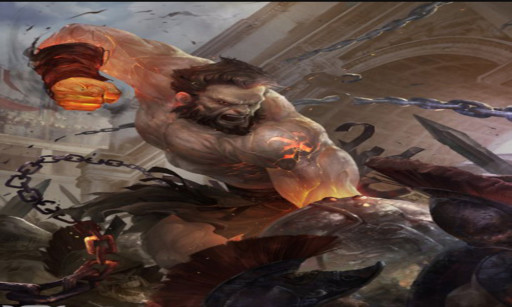
To help those in need, monks of the Way of Mercy learn how to control other people's life energies.
They serve as traveling doctors for the underprivileged and injured. However, they swiftly put an end to those who are beyond their reach out of mercy.
They develop their expertise in Medicine skill by using Ki to both heal and hurt living things (which roughly amounts to knowing how to stop lethal bleeding and almost nothing else since Medicine in 5e is almost completely useless).
It's a great subclass despite the questionable connection between the theme and the mechanics.
Why the Way of Mercy is Great:
- You gain the ability to heal creatures by spending ki.
- Eventually, you can remove status conditions and even raise the dead.
- You can compensate for low Hit Points and AC by abusing the action economy with your features.
Way of Mercy details: http://dnd5e.wikidot.com/monk:mercy
You May Also Like:
[Top 100] Good D&D Cleric Names You Can Use
[Top 100] Good D&D Fighter Names You Can Use
[Top 100] Good D&D Elf Names You Can Use
[Top 15] D&D Best Puzzles To Make Your Campaign Fun
D&D Best Ranger Subclass (All Ranger Subclasses From Weakest To Strongest)

